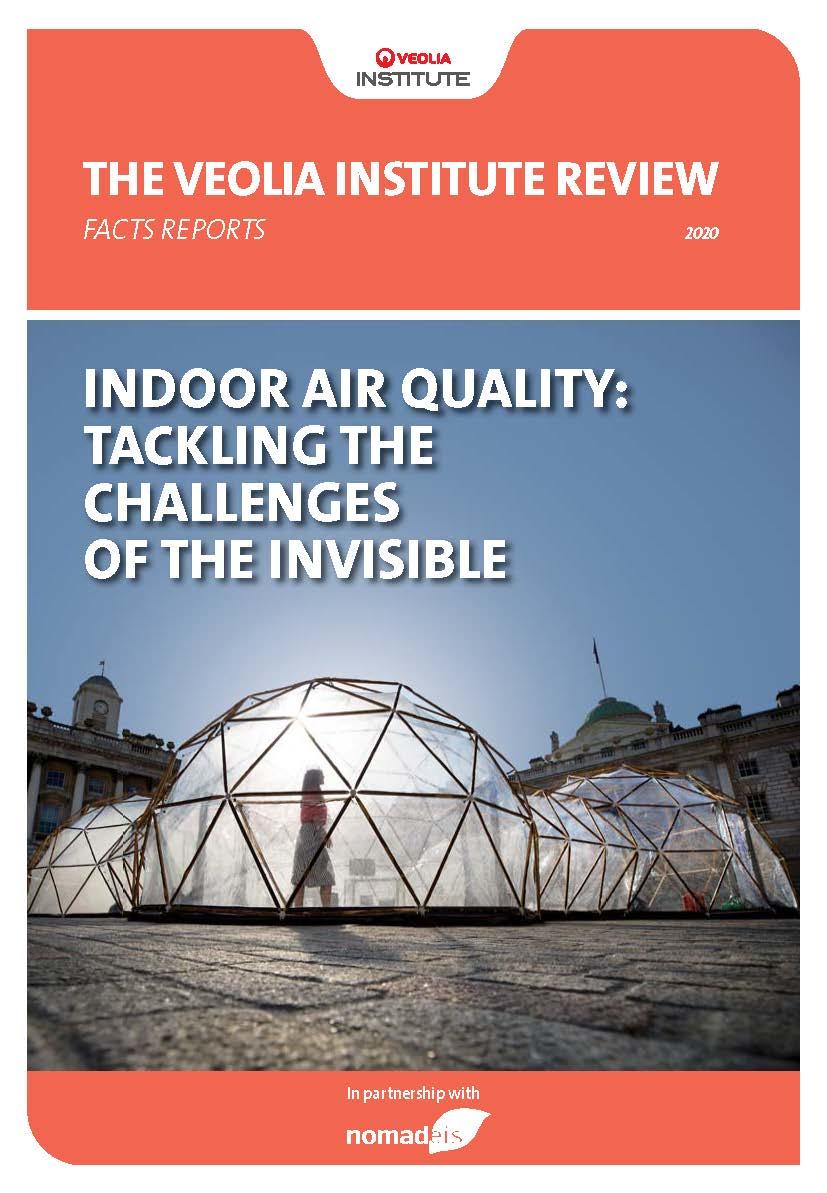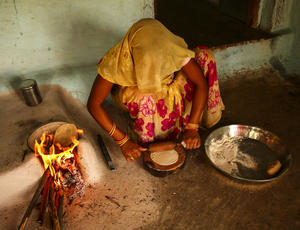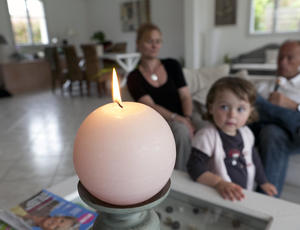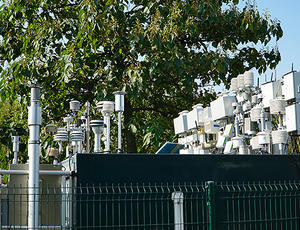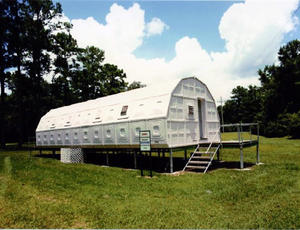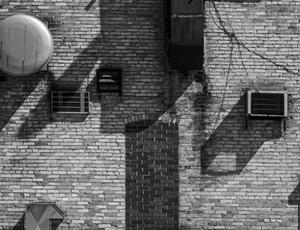Indoor air pollution is an issue that impacts a wide range of enclosed spaces such as houses, offices, schools and public transports, in which we spend 80% of our time on average. These spaces are sometimes more polluted than the outdoor air: the WHO estimates that poor indoor air quality is responsible for 3.8 million deaths worldwide each year. In France, the number of premature deaths due to the 6 main indoor pollutants is estimated at 20,000, and the cost of this pollution to the community is estimated at 19 billion euros per year.
Behind the figures, what do we know today about the sources of indoor air pollution around the world? What problems arise depending on the areas concerned? How is the air quality of a building measured? What solutions exist to improve and preserve it?
Discover:
- Foreword by Philippe Kourilsky, Member of the Veolia Institute Foresight Committeee
- Introduction by Nicolas Renard, Director of Foresight, Veolia Institute
---
An issue produced in partnership with Nomadéis.
---
1. Indoor air quality: a multifaceted public health problem
The French Public Health Council (HCSP)
The French Observatory on Indoor Air Quality (OQAI)
World Health Organization (WHO)
Scientific and Technical Center for Building (CSTB)
Institute of Environmental Assessment and Water Research (IDAEA)
ESTACA’Lab
2. Acting for healthy indoor air: from measurement to remediation
Feichtinger Architectes
OFIS
Mark Nelson, Institute of Ecotechnics, Space Biosphere Ventures (Biosphere 2) & Wastewater Gardens International
AirVisual
3. From public perceptions to policymaking: shining light on an invisible pollution
ELABE
Climate & Clean Air Coalition (CCAC)
University of Seoul
University of New Mexico
Norwegian University of Science and Technology



